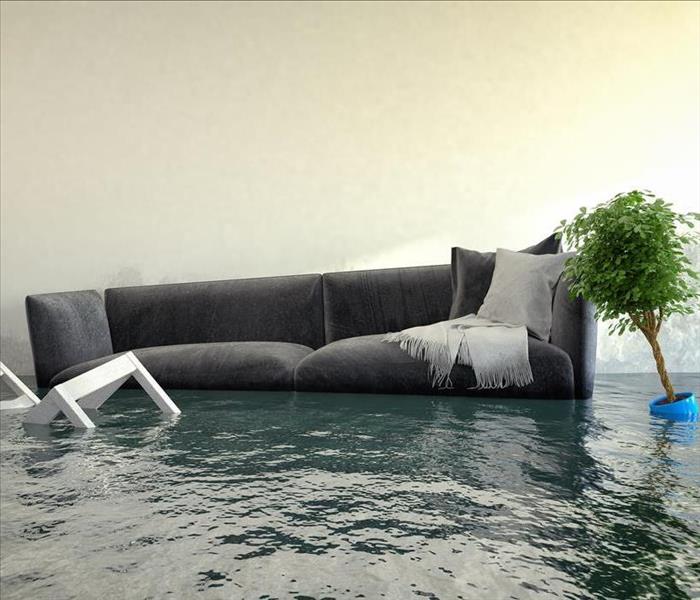Is Your Commercial Property Impacted by Storm or Flood Damage?
3/9/2022 (Permalink)
 If you experience Storm or Flood Damage in your Commercial Property, do not heasitate and Contact us.
If you experience Storm or Flood Damage in your Commercial Property, do not heasitate and Contact us.
According to the Insurance Information Institute, flood damage remains a prominent issue within the United States, noting that the cost of water repair has quadrupled since the 1980s. Some of this harm stems from water breaks and sewer overflows. However, business owners also face devastation from other external sources such as weather events. These cases can result in a damp, potentially expensive mess.
The source of the dampness matters, though. Is it really from a flood or the storm? Owners may think it doesn't matter, requesting a dry out and cleaning. However, circumstances vary for each situation and in working with restoration and claim procedures; therefore, it's critical that proprietors in Bountiful, UT, know the difference, seeking appropriate remediation for the harm. The following are distinctions between the two events.
What Qualifies as Flood Damage?
Flood water is considered a rise in a body of water such as a river, ocean or lake. It comes from the outside to the inside of the building. The overflow may occur during a storm, but the harm itself comes from the external body of water.
The Federal Emergency Management Agency, FEMA, recognizes a flood as any of the following circumstances:
- A runoff or fast spread of water
- The breakdown or erosion of land that leads to excess water
- Mudslides
- Spilling over of tidal waters
For instance, rains might fill up a nearby retention pond during a hurricane. As a result, the water leaves its location, entering a nearby property and causing heavy saturation to the walls and floor. It could even ruin structures and products. The storm led to the overflow, but the damage was from flooding, not the weather. Insurance, therefore, would classify this event under flood coverage.
What Damage Occurs From a Storm?
Storm destruction results from weather-related occurrences, creating water or other physical complications. It's usually from above and, unlike floodwater, not from the ground. For instance, a storm might affect the roof, windows, electrical or plumbing. Moisture or other complications happen from that event. Common problems would include any of the following:
- Shingle damage
- Moisture entering from exterior exposure
- Fallen trees breaking windows, roofs or walls
- Lightning strikes that ruin electrical wires or business systems
Why Know the Difference Between the Two?
Water isn't always the same, and your insurance policy notes that. Commercial property insurance often includes storm damage but not flood coverage. Floodwater falls under an add-on policy, purchased separately. Business owners, therefore, need to know when they can file a claim with their agent.
A water restoration company may evaluate the wetness, determining the underlying cause. This overview proves helpful in learning how to manage the mess, sanitize the property and rebuild the location. In addition, business owners may use the assessment to collaborate with their insurance firms, concluding how to file and seek compensation appropriately.
Tend to storm and flood damage as soon as possible to mitigate potential issues and get back to business. Be sure to learn the underlying cause of the problems and work with professionals to remediate the issues.






 24/7 Emergency Service
24/7 Emergency Service